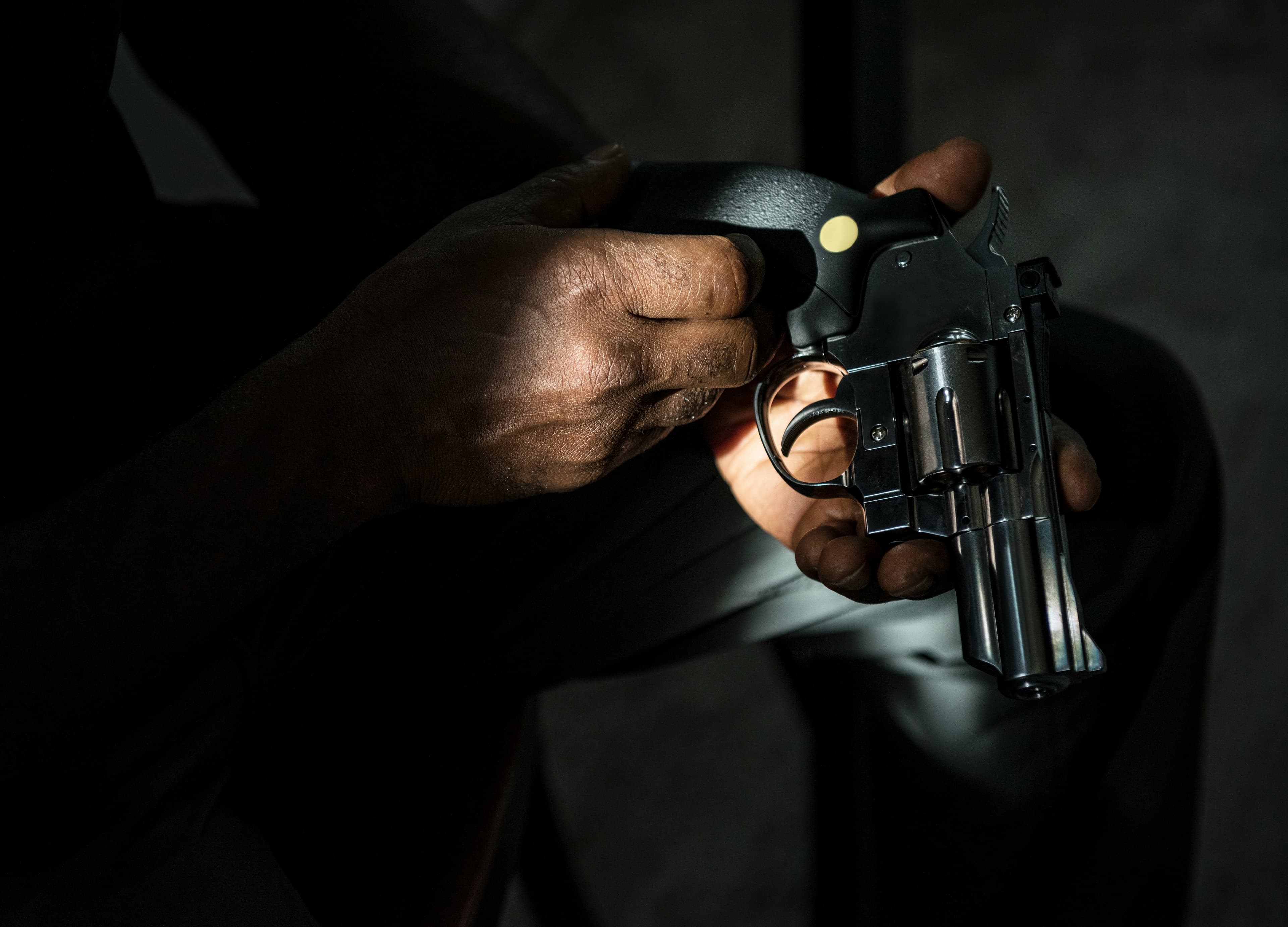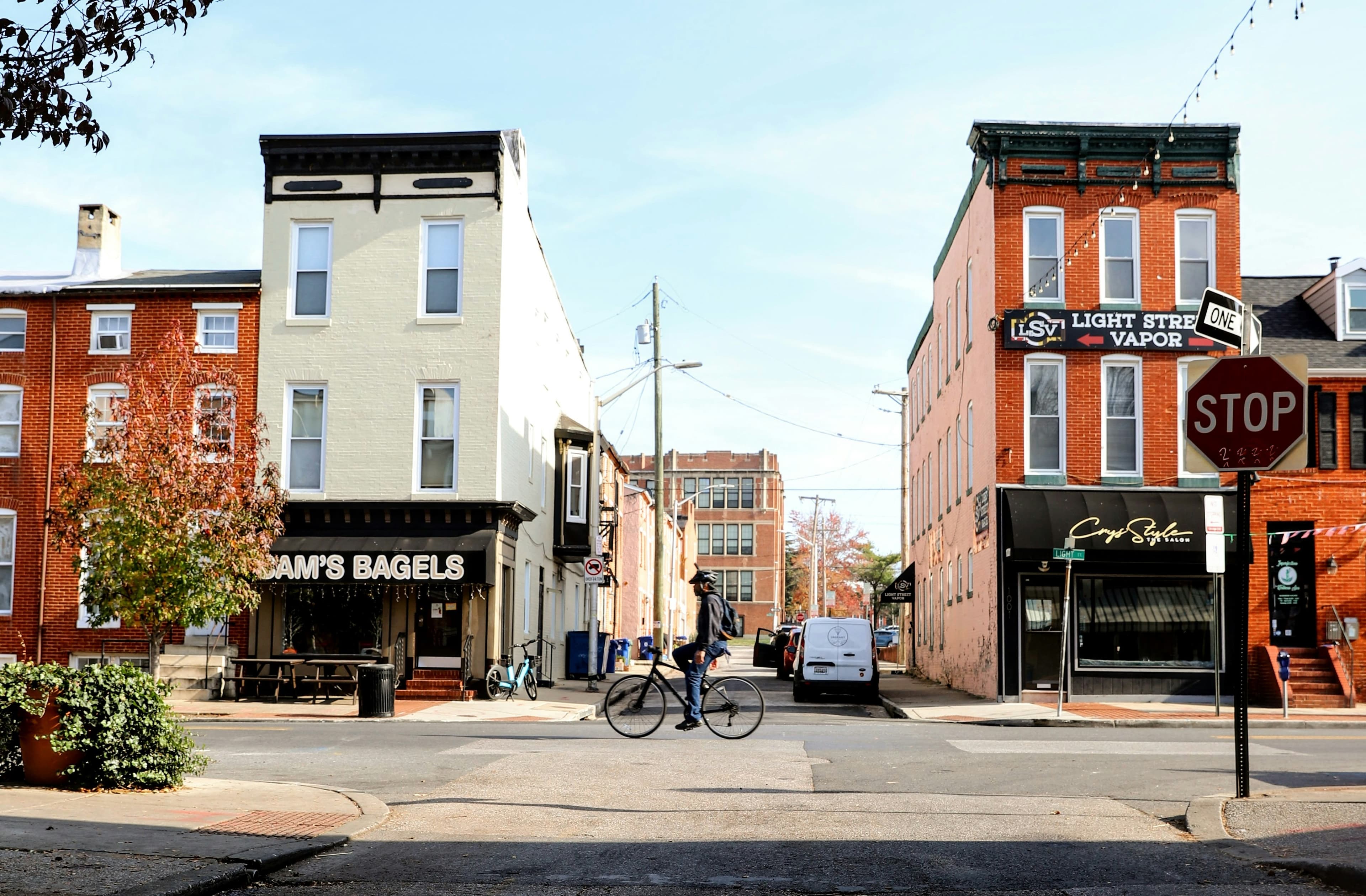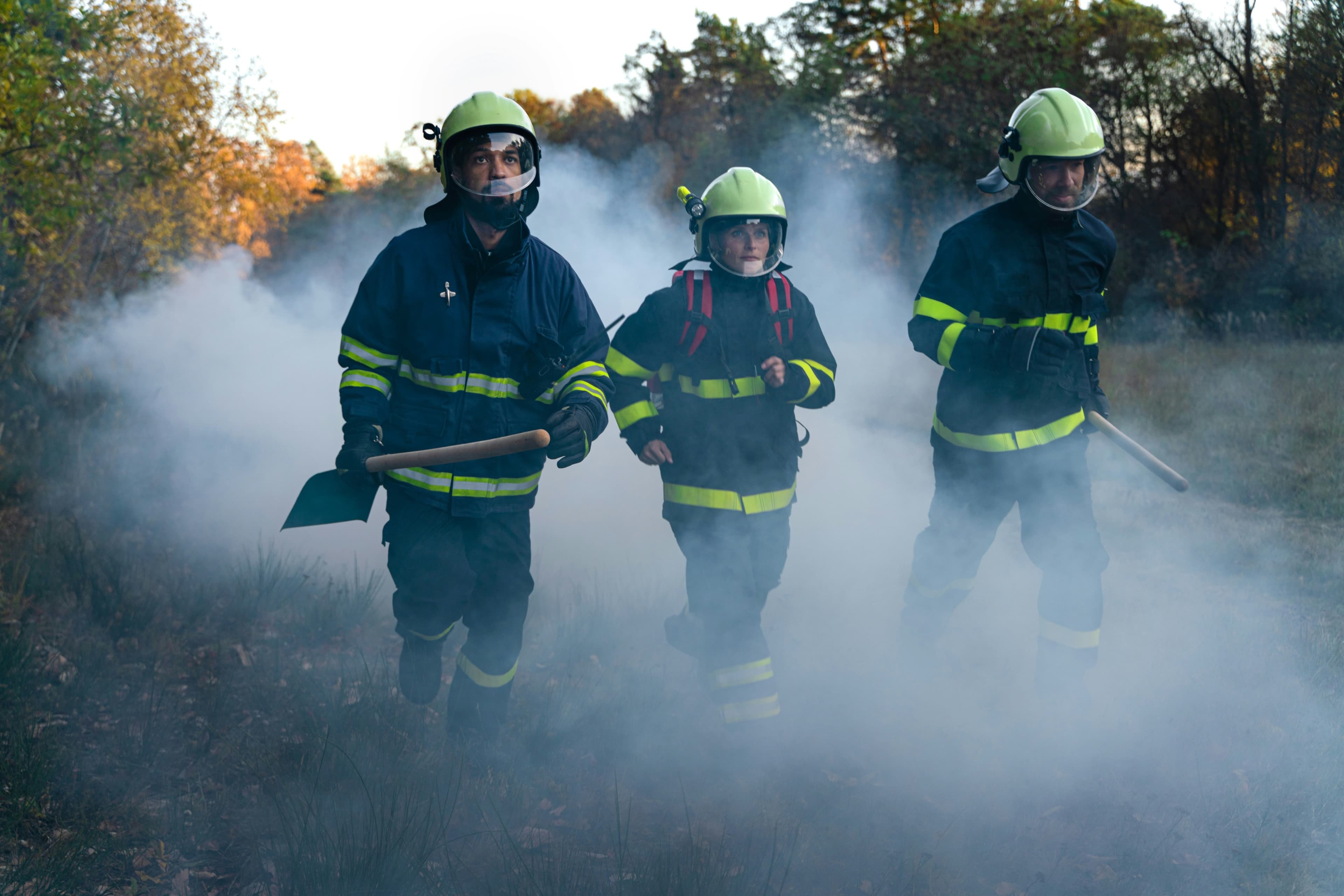
Strengthening Town and Gown Partnerships for Safer Communities
The relationship between a municipality and the college or university within its boundaries is often a delicate dance, particularly when it comes to public safety. The "town" and "gown" can often feel like two separate entities, each with its own concerns and priorities. Yet, fostering strong, collaborative relationships between municipal police departments and campus police/public safety agencies is of paramount importance for enhancing the quality of life for all residents1.
Consider this: a college campus is not an island. Students, faculty, and staff live, work, and play within the broader community. Incidents that occur on campus can inevitably spill over into the town, and vice-versa. Without open lines of communication, shared intelligence, and coordinated efforts, both departments can find themselves confined to silos, leading to inefficiencies, duplication of effort, and, most critically, potential gaps in safety and security2.
One of the most significant effects of a strong town-and-gown police relationship is enhanced public safety through seamless jurisdiction. When municipal and campus police work in unison, they can more effectively address issues that transcend property lines. This might involve joint patrols in areas bordering the campus, shared intelligence on repeat offenders who target both student and residential populations, or coordinated responses to large-scale events like parties or protests that can impact both communities3. This unified front helps deter crime and ensures a more rapid and effective response when incidents do occur, leading to a safer environment for everyone.
Beyond immediate crime fighting, these collaborations also lead to improved emergency preparedness and response. In the event of a critical incident – a natural disaster, a major accident, or an active threat – a pre-existing framework for cooperation is invaluable. Drills and training exercises conducted jointly build familiarity and trust, ensuring that resources are deployed
Read-Only
$3.99/month
- ✓ Unlimited article access
- ✓ Profile setup & commenting
- ✓ Newsletter
Essential
$6.99/month
- ✓ All Read-Only features
- ✓ Connect with subscribers
- ✓ Private messaging
- ✓ Access to CityGov AI
- ✓ 5 submissions, 2 publications
Premium
$9.99/month
- ✓ All Essential features
- 3 publications
- ✓ Library function access
- ✓ Spotlight feature
- ✓ Expert verification
- ✓ Early access to new features
More from Public Safety
Explore related articles on similar topics





